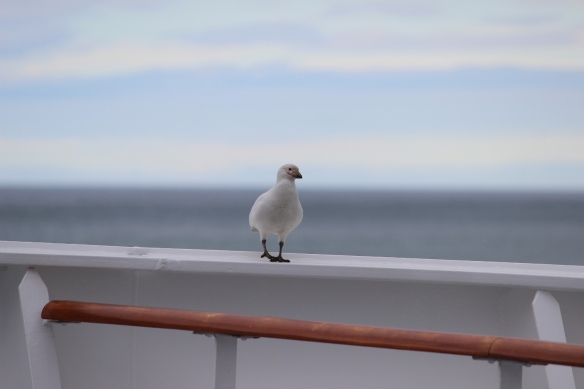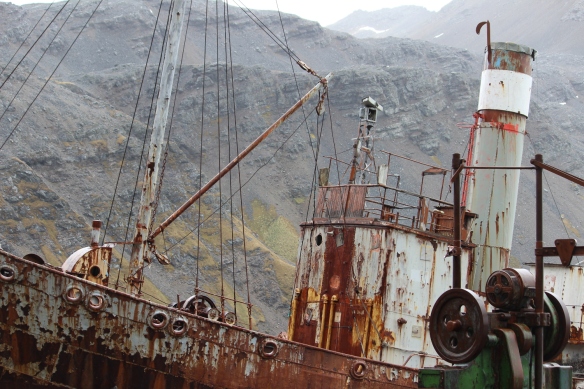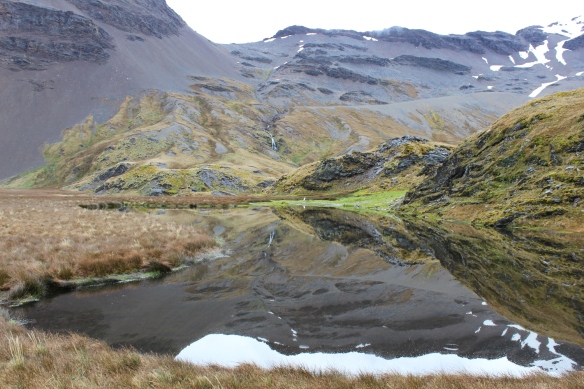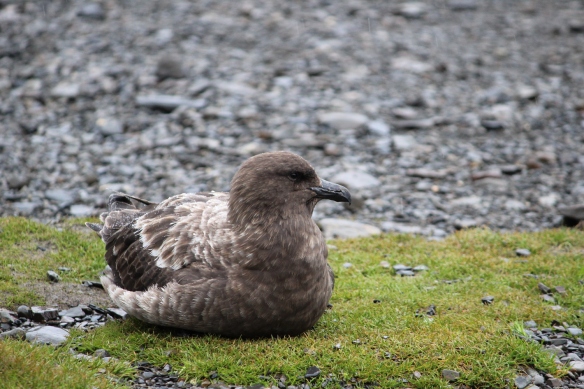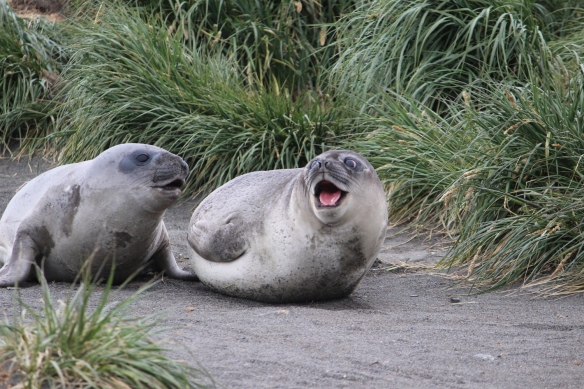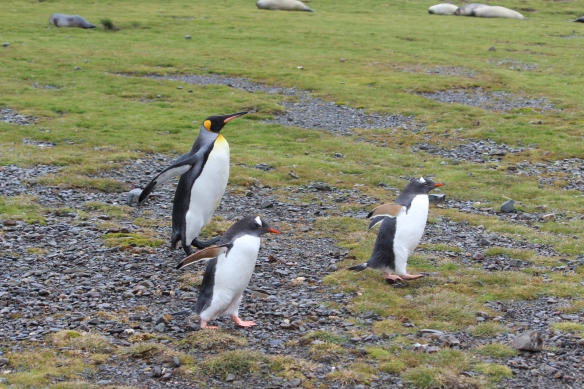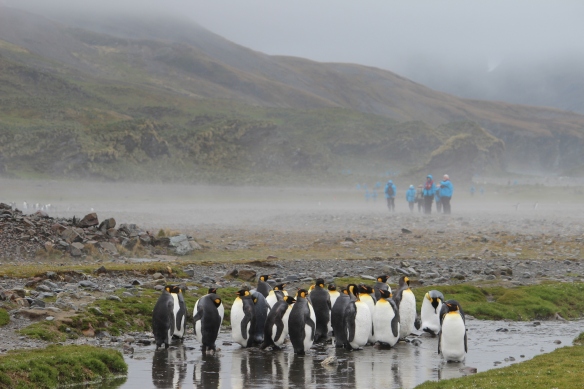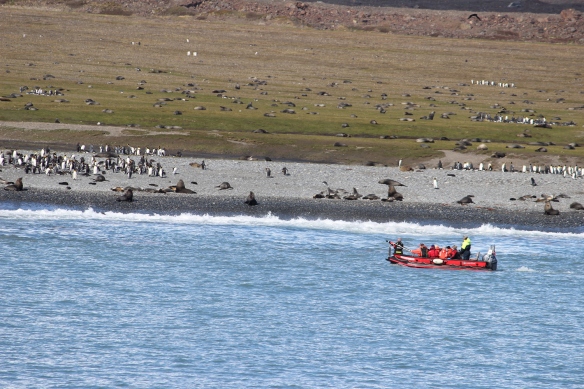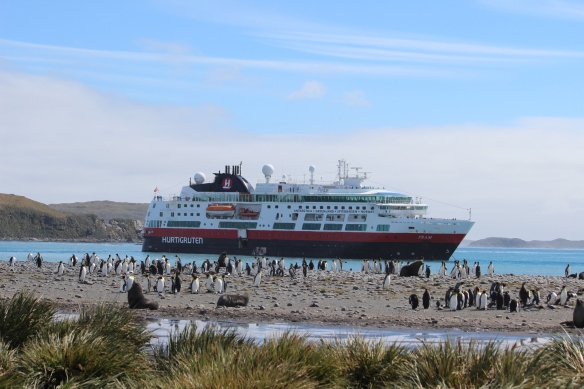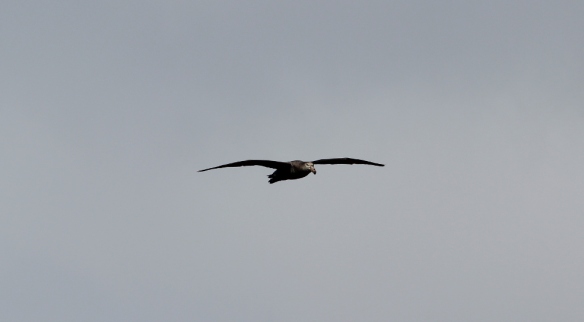Here come four very different additions to WorldBookProject. Many thanks to Ilana Benady who suggested more Caribbean writers.
119 Eritrea: Helen Berhane with Emma Newrick – Song of the Nightingale: One woman’s dramatic story of faith and persecution in Eritrea
This book is a short and deeply disturbing autobiography. It mainly deals with the author’s horrific experiences in an Eritrean prison. It was impressive how her religion helped her through those times, but I also have to say that such fanaticism (in this case some kind of Christian belief) makes me rather uncomfortable. I have very little patience for proselytising, and this book had way too much for my taste.
120 South Georgia & Sandwich Islands: Royal Anglian South Georgia Expedition 1991 – Royal Anglian South Georgia Expedition
When some grown-up boys are going on an adventure … and end up in snow caves and on rations – this could also have been the title of the expedition. Having been to South Georgia myself, I mightily enjoyed reading this report, especially the part of the canoeing team. My respect to the expedition member who was on quarter rations and refused to eat freshly slaughtered penguin. Hero material!
121 Turks and Caicos: Amelia Smithers – The Turks and Caicos Islands: lands of discovery
It was really tricky to find something other than a map or a government report for this British overseas territory, even within the extensive collections of the Bodleian libraries. So I opted for this kind of guidebook, but I couldn’t find any information about the author (and that’s quite a feat these days). The book was from the early 1990s, and it was brilliant to read about movements to protect the environment of the islands, in particular from too much tourism.
122 Uganda: Doreen Baingana – Tropical Fish
I found this collection of coming-of-age stories totally gripping. The questions it raised about identity and how it is sometimes forced upon us by our environment really struck a chord. I also liked the change of perspective between the three sisters the stories were about. Highly recommended!




